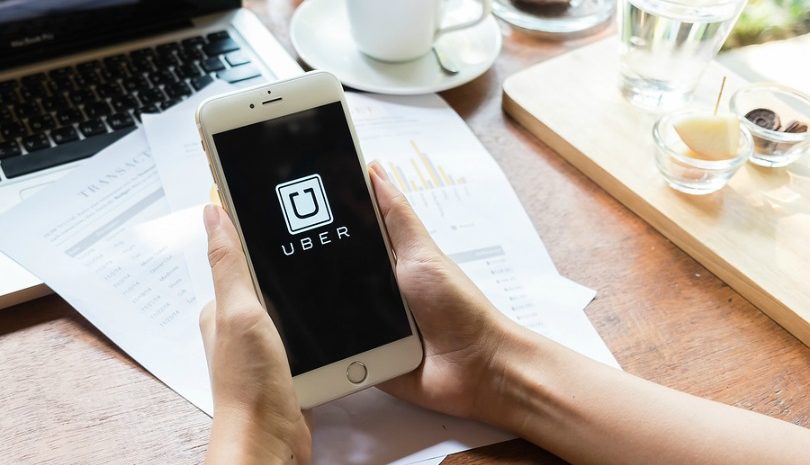What retailers can learn about payments from Uber and WeChat

The process of paying for goods offline is undergoing rapid change – from using cash, to swiping a card, to tapping a card, phone or watch, to simply walking out of the store (Amazon Go).
Online, however, it’s another matter entirely. Most consumers still having to manually enter their card details into a form. (Uber is a notable exception.)
And while certain web browsers and websites automatically save card details, so customers don’t have to reenter them every time, in many cases, the payments process remains largely the same.
Players in the payments space are looking to change that, with companies like MasterCard investing in ‘selfie pay’ and Visa broadening its one-click checkout functionality.
Internet Retailing recently spoke to Visa’s head of merchant sales and solutions in APAC, Chris Hughes, to learn where online payments are headed. Here are some highlights from our conversation.
Tapping into the mobile opportunity
“Some of the statistics [about consumer buying behaviour] are obviously around the explosion and growth of the mobile channel. I think the lagging indicator is the readiness of merchants to have mobile-optimised sites [to tap into] all the commerce moments that are not premeditated, when people are [on their phones] walking from work to lunch. Those incidental opportunities are where merchants need to make themselves ready – merchants aren’t necessarily stepping up to that opportunity.”
Creating seamless commerce “moments”
“Obviously having your site mobile optimised is key. Payment [should be] behind-the-scenes, a discreet experience like Uber, where you step out of car and walk away. The future is unlocking that experience for dry cleaning, or convenience stores, or service scenarios. You want the customer to be surprised and delighted that you removed a stain from their shirt, not fumbling awkwardly for payment.
“It’s not just face-to-face. When you move into online mode, those incidental commerce moments are happening too. Let’s say a customer is shopping for their wife’s birthday present. There are lots of passive things going on. The merchant is sizing them up around their capacity to pay and their capacity to be upsold.
“The online site for merchants has to be as good, as accessible, as frictionless as possible. Ninety-seven per cent of mobile payments are abandoned at cart. The customer is about to press pay and all of a sudden, the merchant redirects them to another payment form that’s not mobile optimised, where they have to tap in numbers. Those are the types of things that are inhibiting some of the great experiences in online retail.”
Learning from China
“Consumers in China are living inside of their apps. They’re finding products they want to buy, services they want to use. So it’s very natural that the payment moment happens inside that environment. But Australians are not living within the four walls of WeChat, there’s a fundamental difference generationally and in the maturity of our market. Traditional retail is really strong here and in [other] western countries like the US, Canada and the UK. Over 80 percent of sales are still face-to-face and e-commerce penetration is sub 15 per cent. The foundation is very different in terms of regulations, pricing and tools, but there’s heaps we can learn to make that experience even better.”
Where it’s all heading
“Where we see payments heading is those incidental commerce moments and also recurring moments. It’s not just your gym and DSL, all sorts of merchants [are doing recurring payments]. The notion of a payment is not a plastic card with 16 digits on it, it’s really a relationship you have. A good example is Netflix. They spend a lot of time and effort to ensure they don’t have any abandonment issues. When you have your card stolen or it expires, some larger retailers and merchants are investing in integrating directly [with card companies] to refresh the card credential in advance. So they’re not losing you as consumer, and you don’t have to log in to update credentials. It costs $30-40 [for a merchant] to update a customer’s record.”
Comment Manually
You must be logged in to post a comment.

No comments